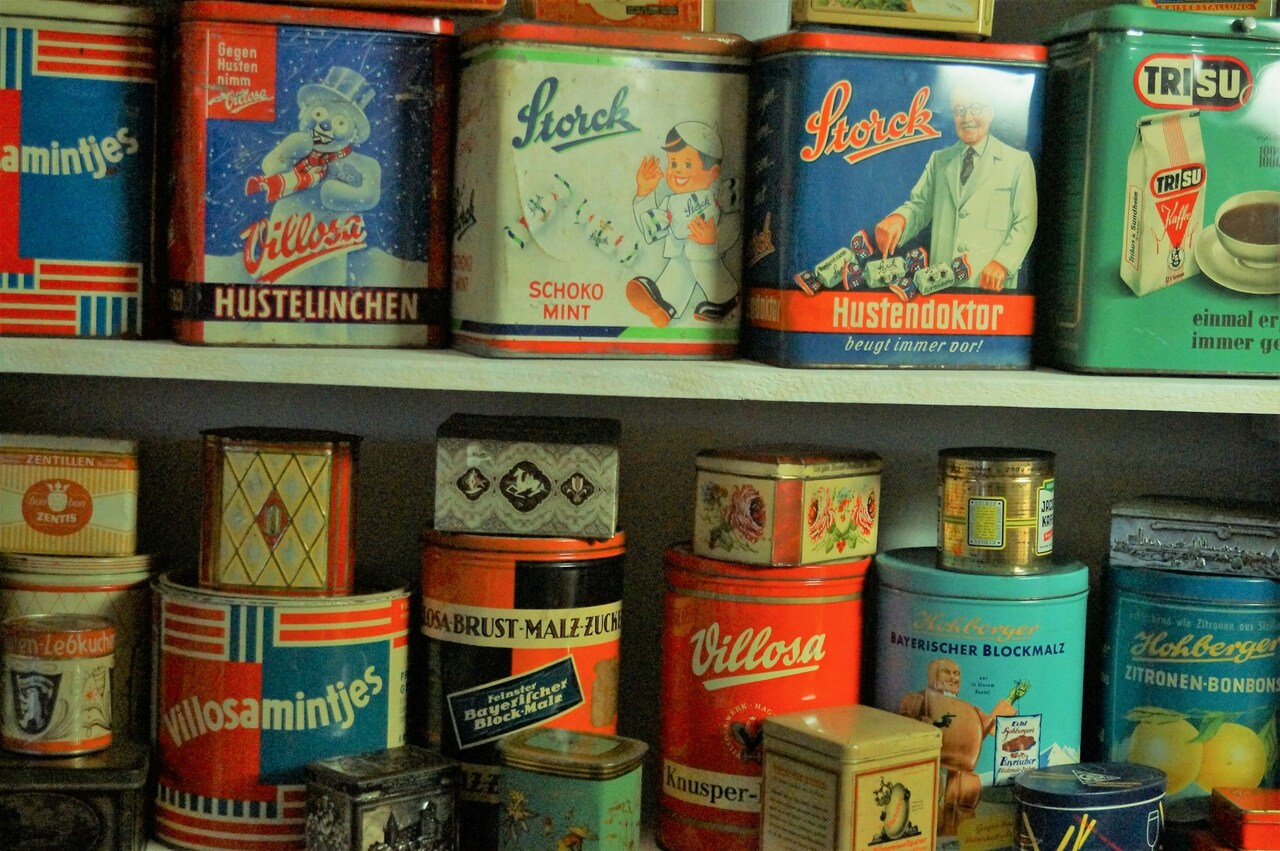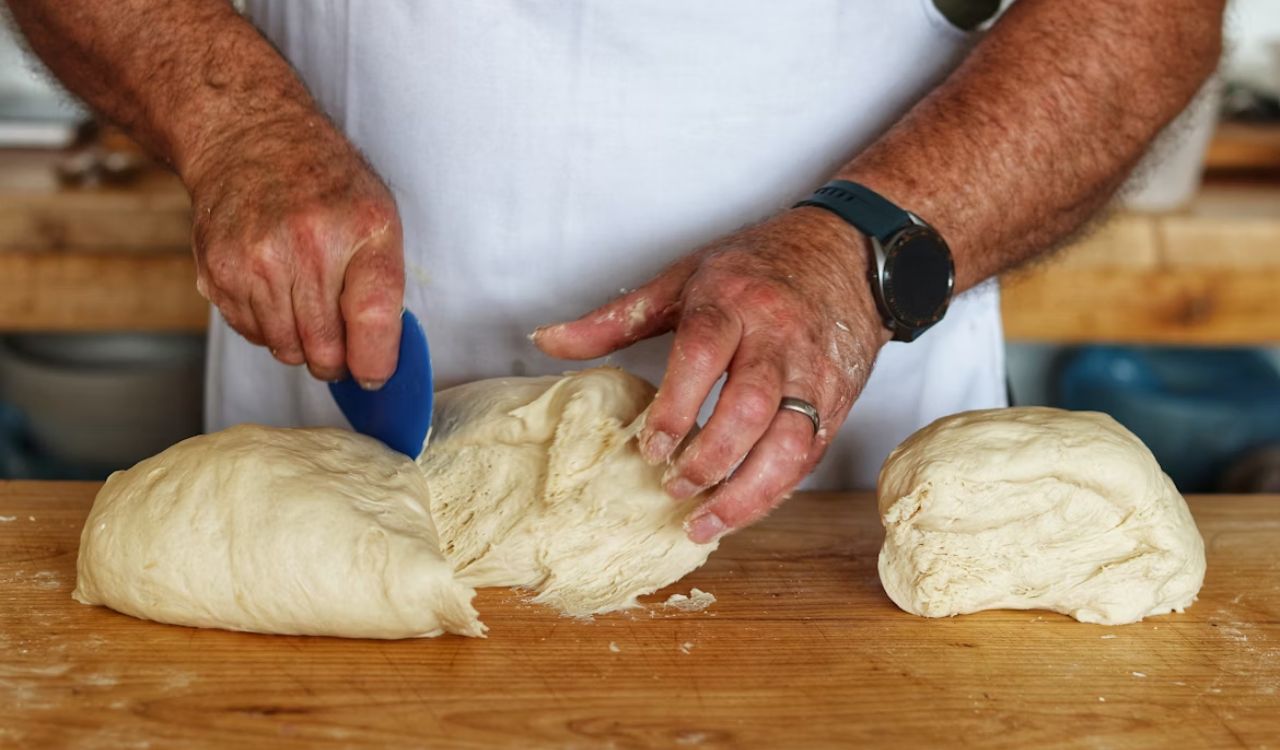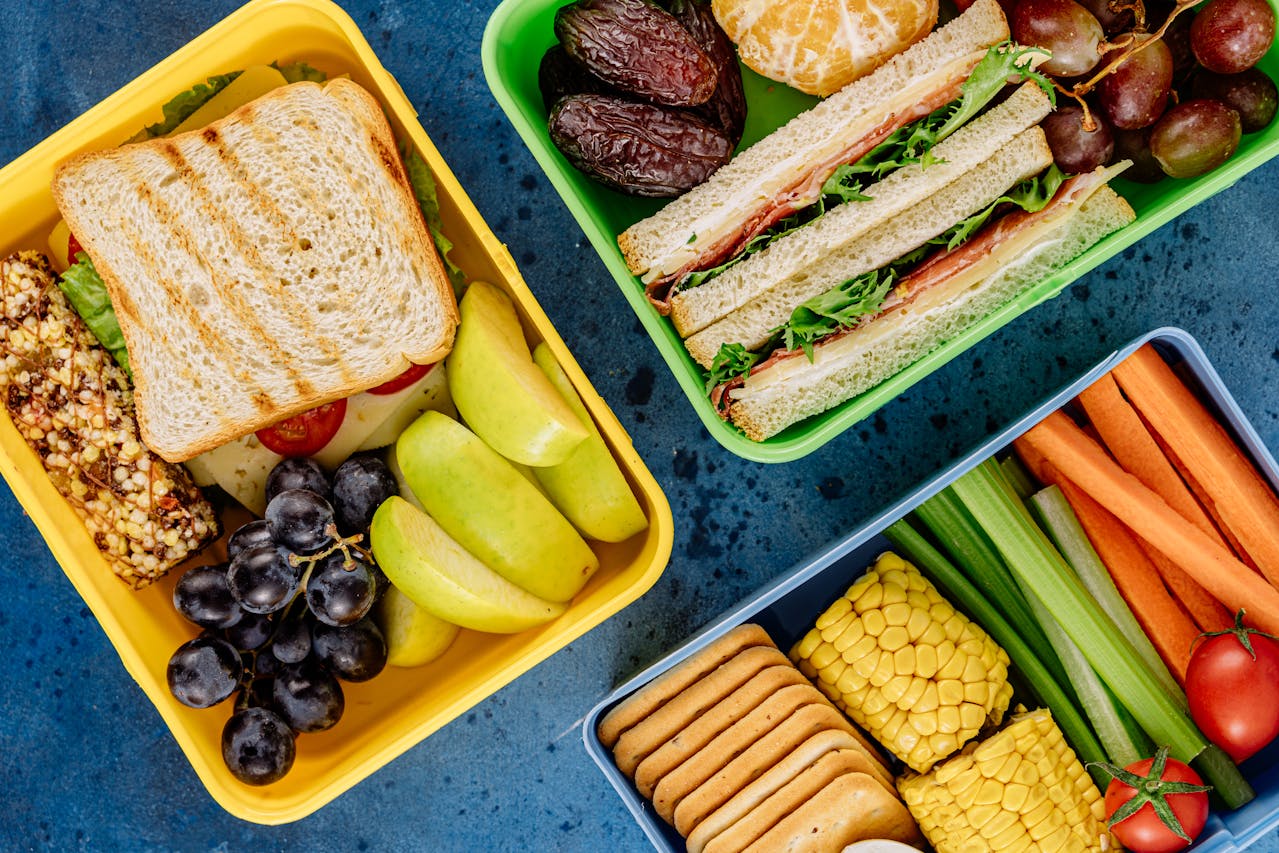11 Fast Food Items That Became Major Flops
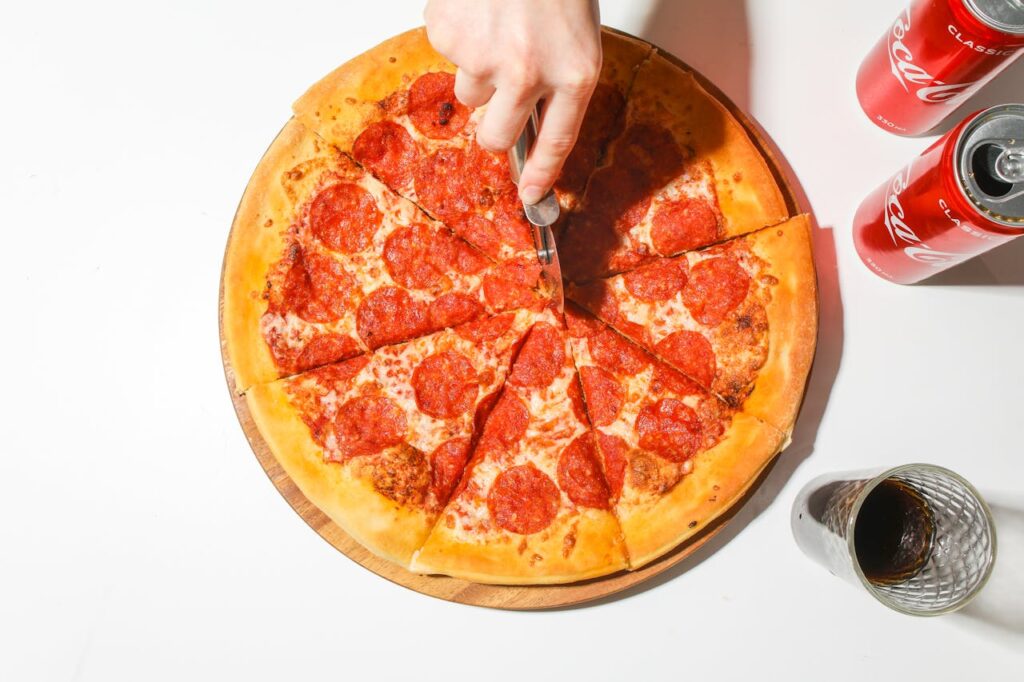
Fast food chains thrive on quick, crave-worthy ideas, but not every new menu launch turns into a winner. Sometimes the hype is huge, only for the food to flop within months. Maybe the flavors didn’t land, the marketing felt off, or the item just didn’t fit the brand. The truth is, the fast food world is full of bold experiments that didn’t stick. Here are 11 fast food items that got attention, stirred curiosity, and then disappeared almost as quickly as they arrived.
1. McDonald’s Arch Deluxe
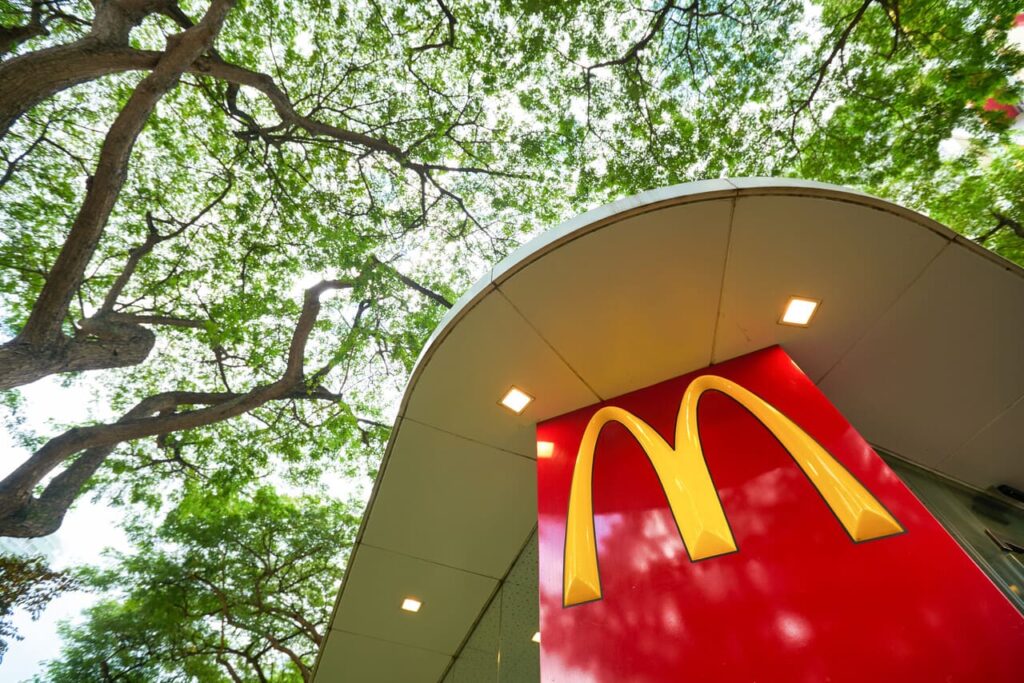
McDonald’s put millions into promoting the Arch Deluxe in the mid-1990s, pitching it as a “sophisticated” burger meant to appeal to adults. The problem? You don’t go to McDonald’s for sophistication, you go for consistency and comfort. The burger came topped with peppered bacon and a Dijon-style mustard sauce, but customers didn’t connect with it. Price was another barrier, as it cost more than other burgers on the menu. Despite massive advertising campaigns, the Arch Deluxe didn’t live up to expectations and became one of McDonald’s most expensive failures.
2. Taco Bell’s Seafood Salad
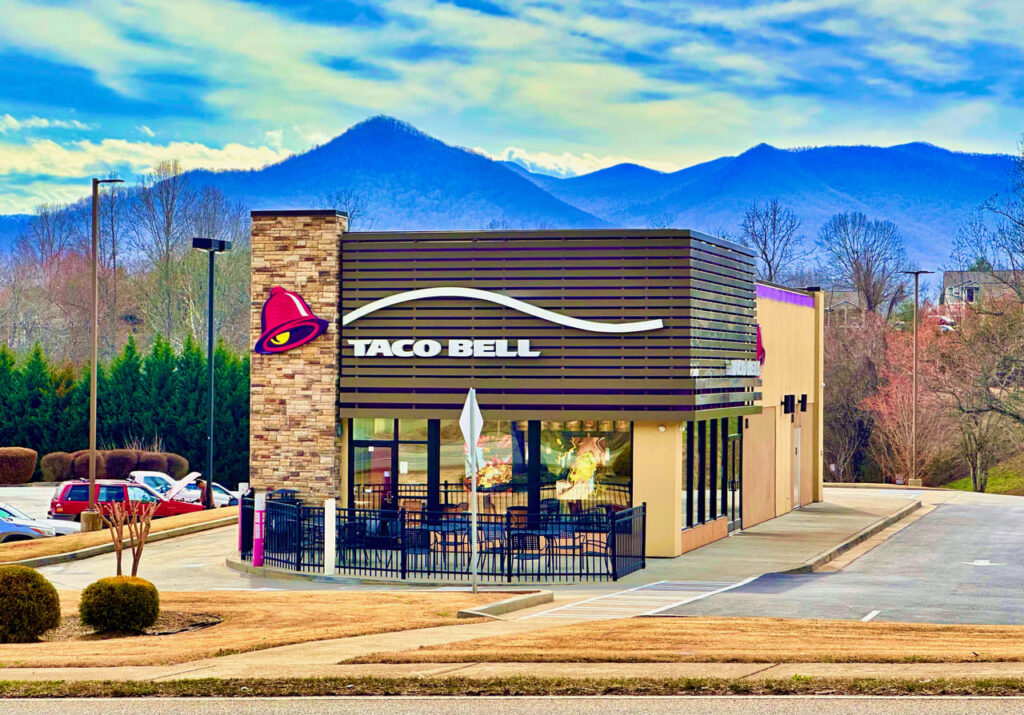
In the 1980s, Taco Bell tried branching into seafood with a salad that mixed shrimp, whitefish, and snow crab on lettuce. The idea might sound fresh, but customers weren’t looking for delicate seafood at a taco joint. Complaints about freshness and flavor hurt its reputation fast. Taco Bell’s core audience was drawn to tacos, burritos, and nachos, not crab sticks on a bed of lettuce. The salad was quickly pulled, serving as a reminder that customers want Taco Bell to lean into Mexican-inspired comfort food rather than upscale experiments.
3. Burger King’s Satisfries.
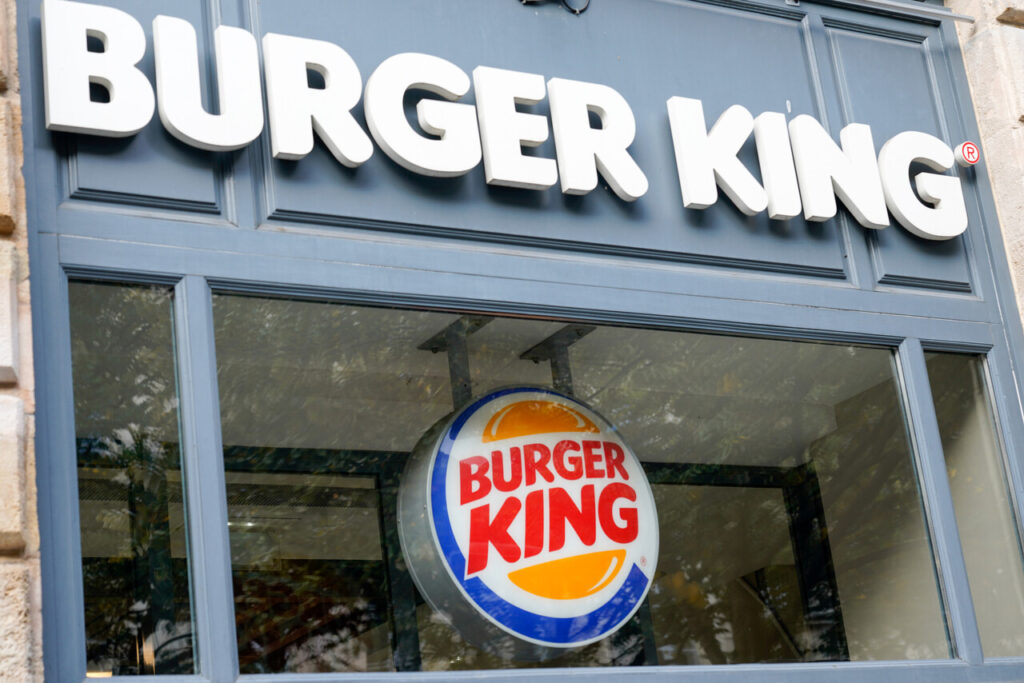
In 2013, Burger King tried to answer health-conscious diners with Satisfries, a lower-calorie version of its classic fries. The fries had a special batter that absorbed less oil, but here’s the catch: they looked and tasted almost exactly like regular fries. Customers didn’t see enough difference to justify the price, which was higher than the originals. People who wanted fries still ordered the classics, while health-minded customers weren’t sold either. Within a year, most locations pulled Satisfries, proving that tweaking a beloved staple can be a risky move.
4. McDonald’s McLean Deluxe
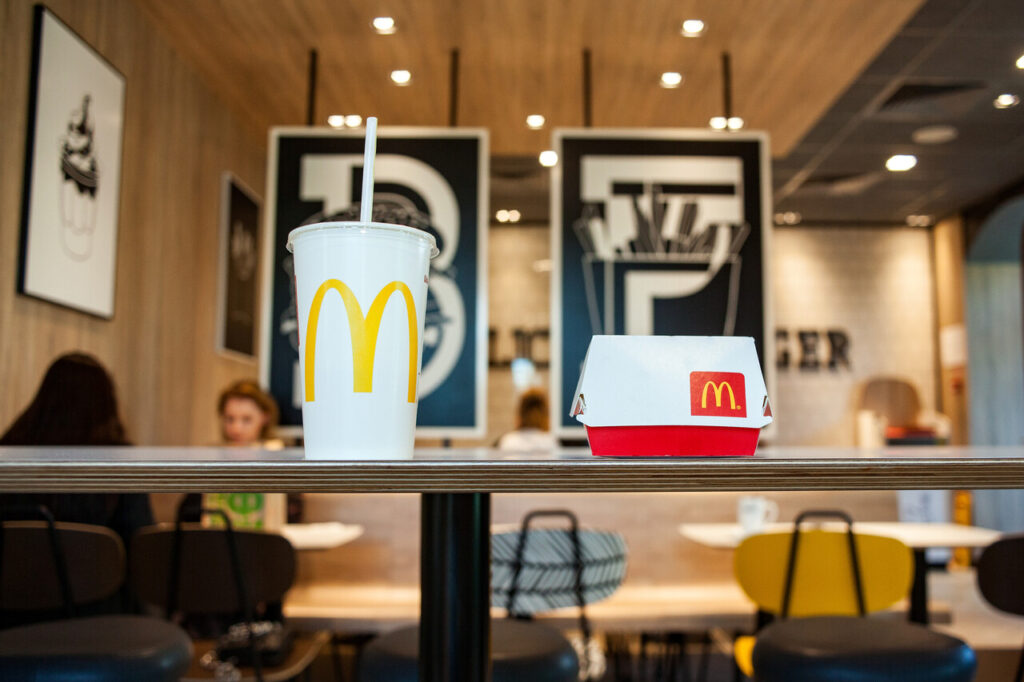
The McLean Deluxe was McDonald’s attempt in the early 1990s to make a healthier burger. It was promoted as having 90 percent lean beef, with water and seaweed extract added to help keep it juicy. Unfortunately, the flavor didn’t match what people expected from McDonald’s. Customers thought it tasted bland compared to other burgers, and the health angle wasn’t enough to win them over. Despite its marketing, the McLean struggled to find a consistent audience and quietly disappeared after a short run.
5. Pizza Hut’s Priazzo
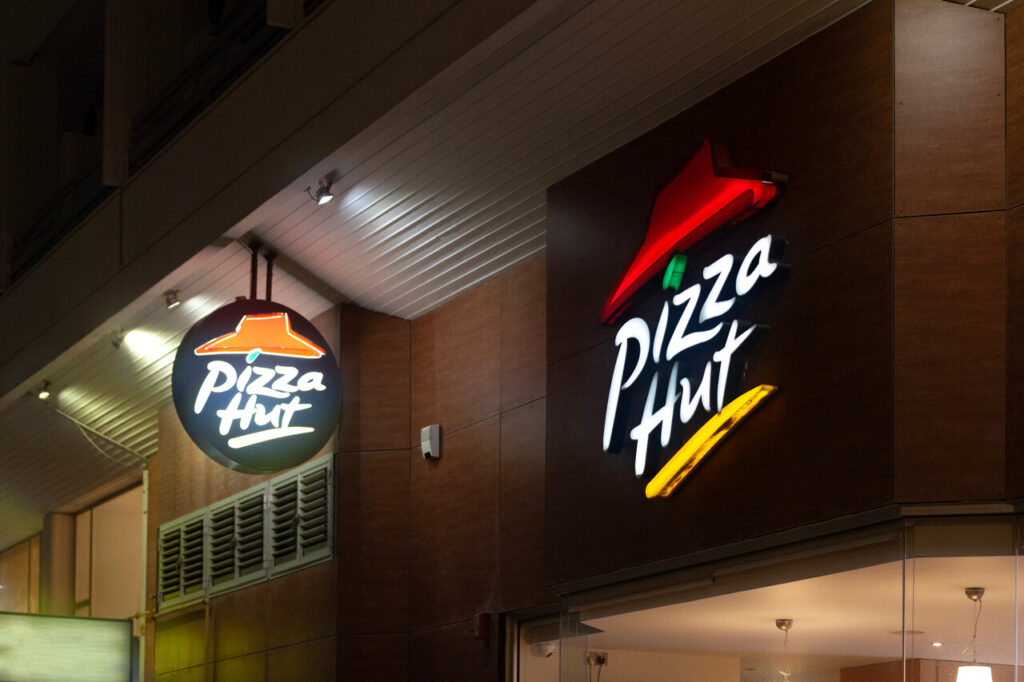
Pizza Hut tried to reinvent deep-dish pizza in the 1980s with the Priazzo, a double-layered pie stuffed with meats, cheese, and sauce. It was more like a lasagna-pizza hybrid than the fast, shareable slices people expected. The preparation took longer, which slowed service, and the heavy dish didn’t really fit the “quick pizza night” vibe. While it had a loyal following among some, the Priazzo was too complex for a chain focused on fast family meals. It faded away as customers stuck with classics like pan and stuffed crust.
6. McDonald’s Mighty Wings
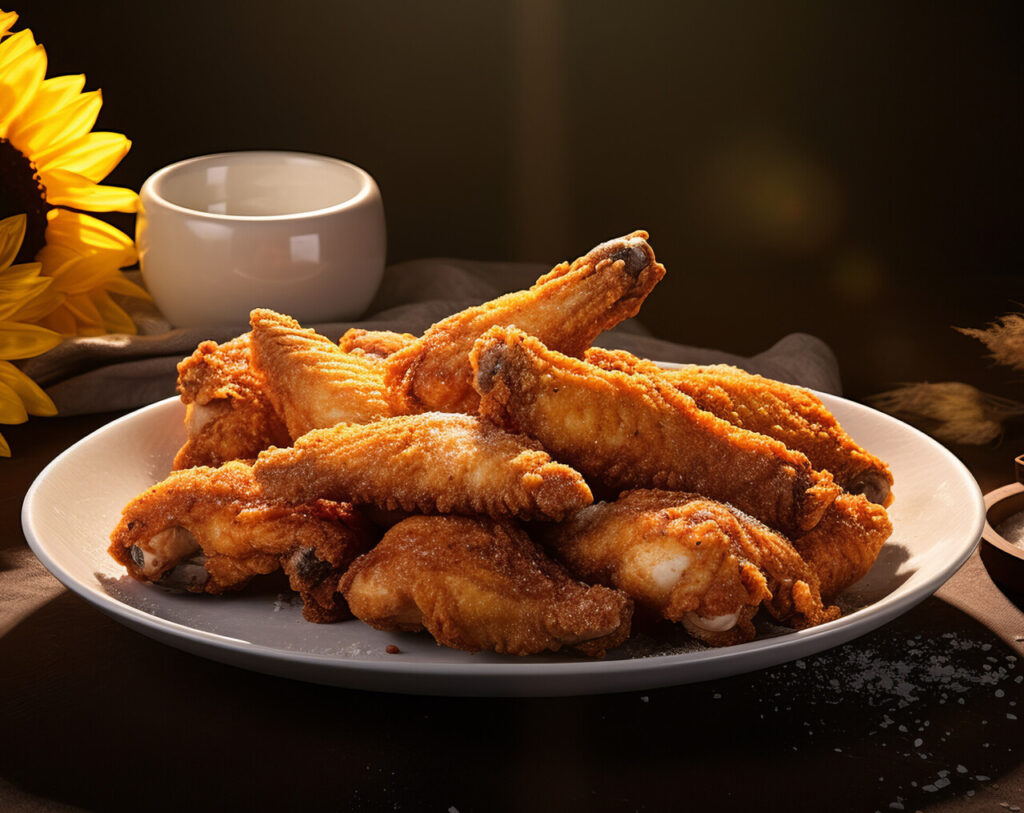
In 2013, McDonald’s launched Mighty Wings to tap into America’s love for fried chicken. On paper, it made sense. In practice, the wings were too spicy for kids and too expensive for adults, especially compared to places specializing in chicken. They didn’t move fast enough, which left restaurants with piles of unsold inventory. Customers also weren’t thrilled about eating bone-in wings at a burger joint. McDonald’s eventually marked them down to clear stock, but the experiment ended quickly.
7. Wendy’s Frescata Sandwiches
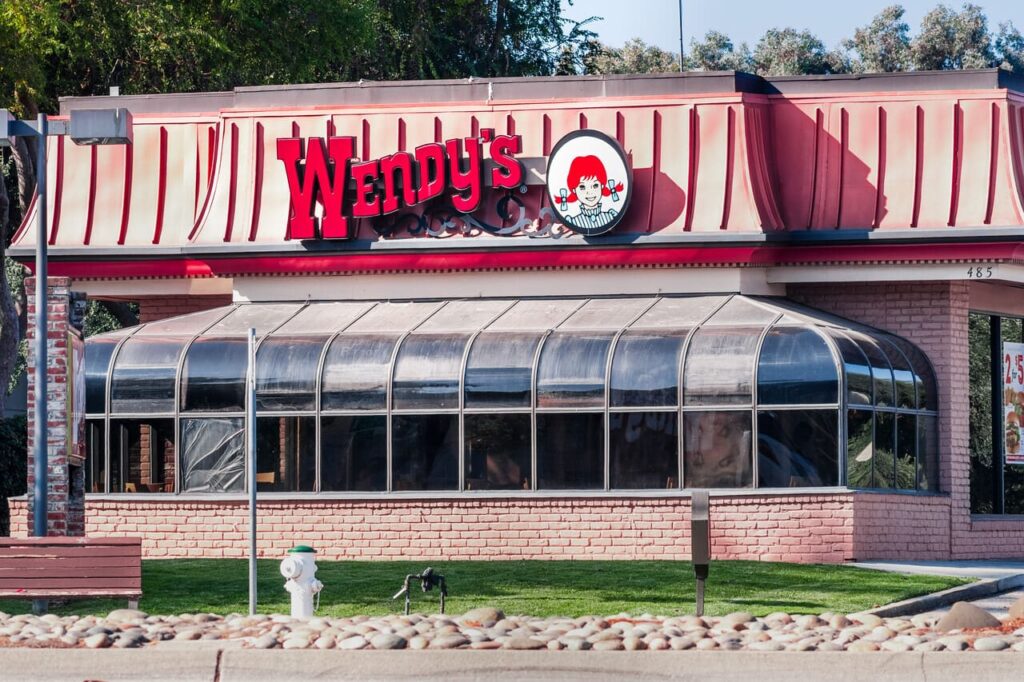
Wendy’s introduced Frescata sandwiches in the mid-2000s as a way to compete with Subway and Panera. These deli-style cold sandwiches came on bakery bread with meats and fresh toppings. The issue wasn’t quality the sandwiches tasted fine but Wendy’s was known for hot, made-to-order burgers. The Frescata line slowed down service because they required more prep, and customers didn’t see Wendy’s as a sandwich destination. Sales lagged, and the company pulled the Frescatas after just a couple of years.
8. Burger King’s Enormous Omelet Sandwich
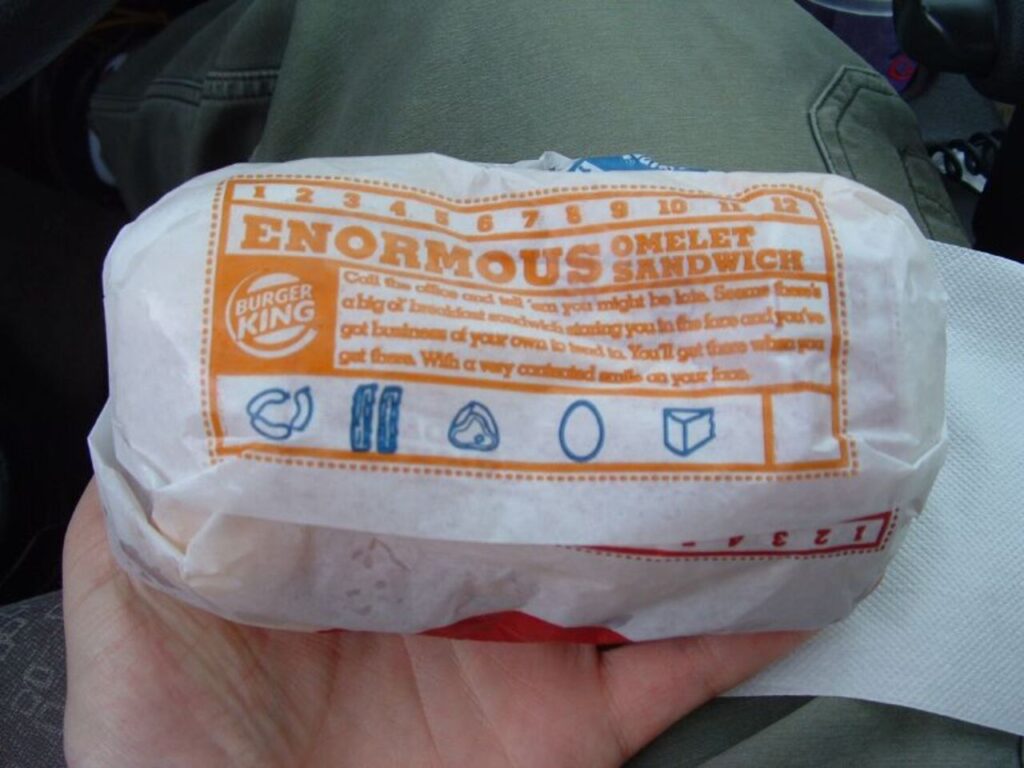
Launched in 2005, the Enormous Omelet Sandwich was a breakfast item loaded with eggs, sausage, bacon, and cheese on a hoagie-style bun. The sheer size and calorie count drew criticism right away, with some calling it a nutrition nightmare. While it appealed to diners chasing indulgence, the sandwich’s reputation made it controversial. Customers didn’t embrace it long-term, and Burger King dropped it not long after its launch. The Enormous Omelet Sandwich became a lesson in how “shock value” food doesn’t always guarantee staying power.
9. McDonald’s Hula Burger

In the 1960s, McDonald’s created the Hula Burger as a meatless option for Catholics avoiding meat on Fridays. It was simply a slice of grilled pineapple with cheese on a bun. The concept might sound quirky, but it never had much appeal. Customers overwhelmingly preferred the Filet-O-Fish, which debuted around the same time. The Hula Burger quickly lost out, proving that while McDonald’s can take risks, not every experiment is destined to succeed.
10. KFC’s Double Down
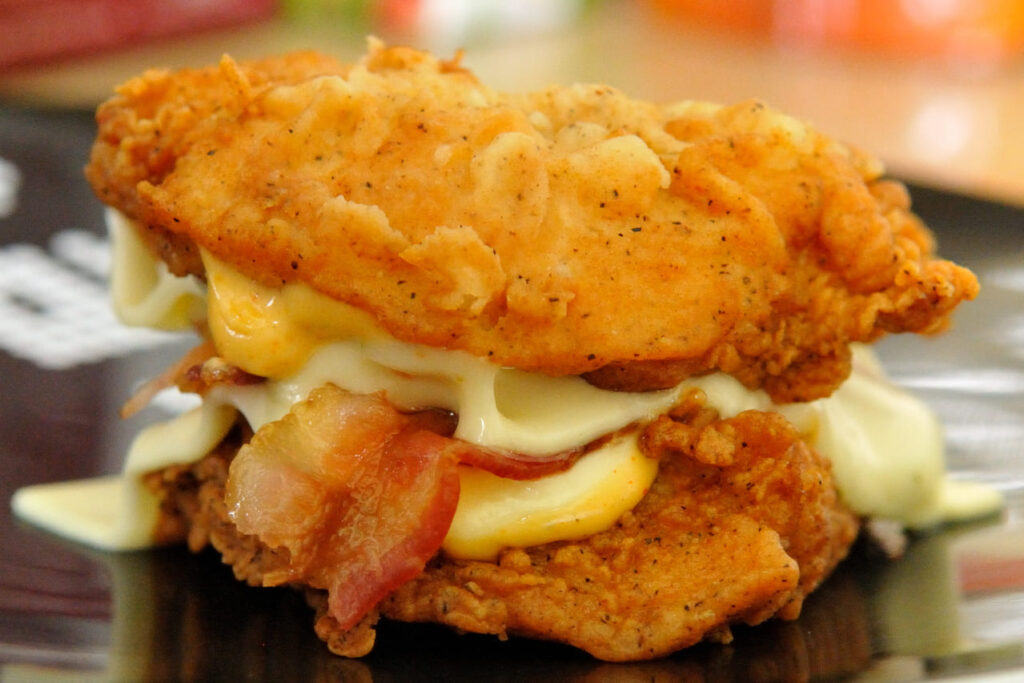
KFC made headlines in 2010 with the Double Down, a sandwich that ditched the bun entirely. Instead, it stacked bacon and cheese between two fried chicken filets. The idea was bold and definitely got people talking, but it also drew heavy criticism for being over-the-top in both calories and grease. Some customers tried it out of curiosity, but many never came back for a second round. Sales dropped quickly after the initial hype, and the Double Down became more of a novelty item than a lasting menu choice. Its return in limited runs later on showed it had shock value, but not real staying power.
11. Subway’s Flatizza
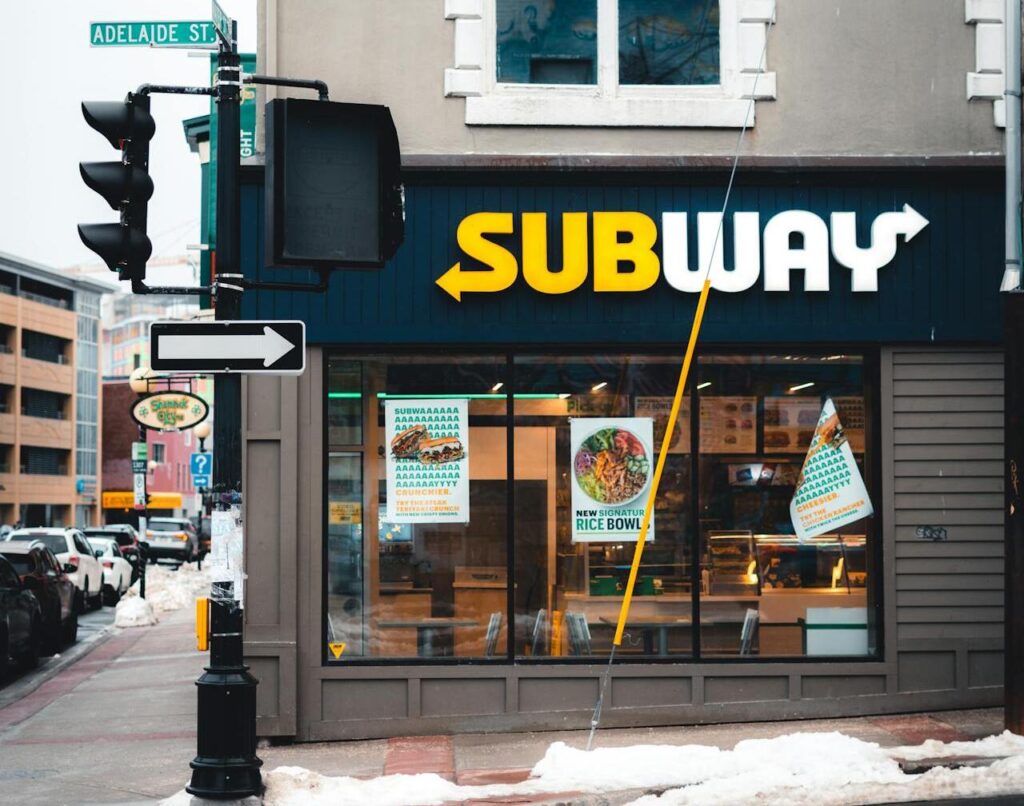
Subway’s Flatizza launched in 2014 as a quick grab at the booming fast-casual pizza trend. It seemed logical; Subway already had flatbread, cheese, and ovens, but the concept never clicked. Customers didn’t go to Subway for pizza, and the Flatizza felt small, bland, and overpriced next to real pizzerias. It also slowed service during rush hours. Ultimately, it wasn’t a flavor failure but a brand one. People wanted fresh subs, not mini pizzas, and the Flatizza quietly vanished from menus.


